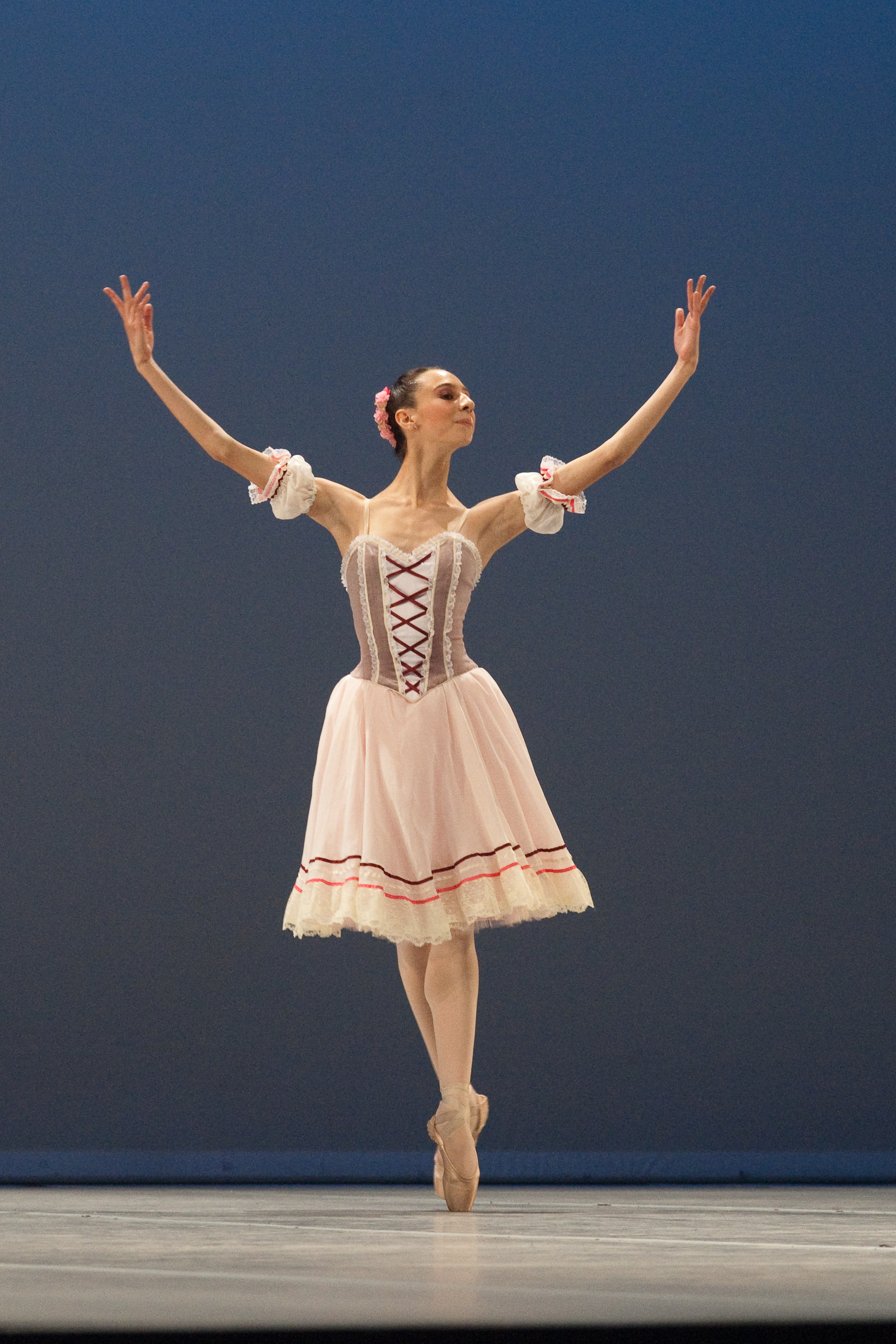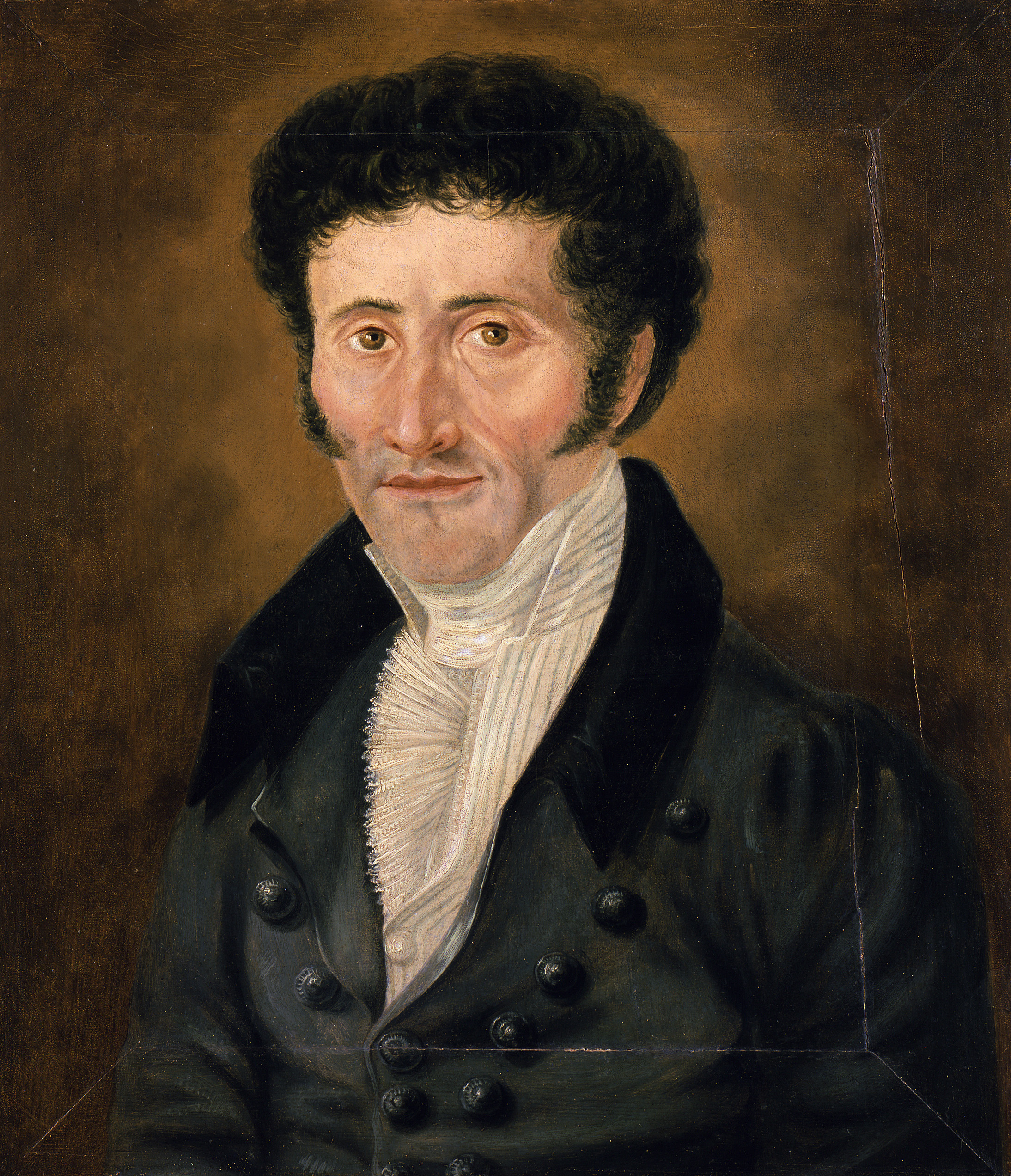|
Coppélia
''Coppélia'' (sometimes subtitled: ''La Fille aux Yeux d'Émail'' (The Girl with the Enamel Eyes)) is a comic ballet from 1870 originally choreographed by Arthur Saint-Léon to the music of Léo Delibes, with libretto by Charles-Louis-Étienne Nuitter. Nuitter's libretto and mise-en-scène was based upon E. T. A. Hoffmann's short story '' Der Sandmann'' (''The Sandman''). In Greek, ''κοπέλα'' (or ''κοπελιά'' in some dialects) means ''young woman''. ''Coppélia'' premiered on 25 May 1870 at the Théâtre Impérial de l'Opéra, with the 16-year-old Giuseppina Bozzacchi in the principal role of Swanhilda and ballerina Eugénie Fiocre playing the part of Frantz '' en travesti''. The costumes were designed by Paul Lormier and Alfred Albert, the scenery by Charles-Antoine Cambon (Act I, scene 1; Act II, scene 1), and Édouard Desplechin and Jean-Baptiste Lavastre (Act I, scene 2). The ballet's first flush of success was interrupted by the Franco-Prussian War ... [...More Info...] [...Related Items...] OR: [Wikipedia] [Google] [Baidu] |
Giuseppina Bozzacchi
Giuseppina Bozzacchi (23 November 1853 – 23 November 1870) was an Italian ballerina, noted for creating the role of Swanhilda in Léo Delibes' ballet ''Coppélia'' at the age of 16 while dancing for the Paris Opera Ballet. Bozzacchi, who was born in Milan, in Enciclopedia Treccani (on-line edition). (Text in Italian. Retrieved 22 January 2012.) had come to Paris to study with Mme Dominique. The choreographer and the director of the , |
Divertissement
''Divertissement'' (from the French 'diversion' or 'amusement') is used, in a similar sense to the Italian 'divertimento', for a light piece of music for a small group of players, however the French term has additional meanings. During the 17th and 18th century, the term implied incidental aspects of an entertainment (usually involving singing and dancing) that might be inserted in an opera or ballet or other stage performance. In the operas produced by the Académie Royale de Musique, both tragédies lyriques and comédies lyriques, these 'divertissements' were sometimes linked to the main plot, or performed at the close of the performance. (Similar examples during the 19th century include Charles Gounod's opera ''Faust'' and Delibes's ballet ''Coppélia''.) Special entertainments of a similar kind given ''between'' the acts of an opera were called 'intermèdes'. The term is also sometimes used for a ballet suite of loosely connected dances. One 20th-century example is Jacques ... [...More Info...] [...Related Items...] OR: [Wikipedia] [Google] [Baidu] |
World War II
World War II or the Second World War, often abbreviated as WWII or WW2, was a world war that lasted from 1939 to 1945. It involved the vast majority of the world's countries—including all of the great powers—forming two opposing military alliances: the Allies and the Axis powers. World War II was a total war that directly involved more than 100 million personnel from more than 30 countries. The major participants in the war threw their entire economic, industrial, and scientific capabilities behind the war effort, blurring the distinction between civilian and military resources. Aircraft played a major role in the conflict, enabling the strategic bombing of population centres and deploying the only two nuclear weapons ever used in war. World War II was by far the deadliest conflict in human history; it resulted in 70 to 85 million fatalities, mostly among civilians. Tens of millions died due to genocides (including the Holocaust), starvation, ma ... [...More Info...] [...Related Items...] OR: [Wikipedia] [Google] [Baidu] |
Jockey-Club De Paris
The Jockey Club de Paris is a traditional gentlemen's club and is regarded as the most prestigious of private clubs in Paris. It is best remembered as a gathering place of the elite of nineteenth-century French society. Today it is decidedly but not exclusively aristocratic. The club seat is at 2, rue Rabelais in Paris, near the Champs-Elysées and it hosts the International Federation of Racing Authorities. It has no more official links to the horse-racing industry organisations which are separate professional bodies. Reciprocities with other clubs * Circolo della Caccia (Rome) * Knickerbocker Club (New York) * Metropolitan Club (Washington) * Turf Club (Lisbon) * Cercle Royal du Parc (Brussels) * Boodle's (London) * Jockey Club für Österreich (Wien) * Turf Club (London) * Nuevo Club (Madrid) * Somerset Club (Boston) * Pacific-Union Club (San Francisco) * Círculo de Armas (Buenos Aires) * Australian Club (Sydney) * Melbourne Club (Melbourne) * New Club (Edinburgh) * ... [...More Info...] [...Related Items...] OR: [Wikipedia] [Google] [Baidu] |
The Tales Of Hoffmann
''The Tales of Hoffmann'' (French: ) is an by Jacques Offenbach. The French libretto was written by Jules Barbier, based on three short stories by E. T. A. Hoffmann, who is the protagonist of the story. It was Offenbach's final work; he died in October 1880, four months before the premiere. Composition history and sources Offenbach saw a play, , written by Barbier and Michel Carré and produced at the Odéon Theatre in Paris in 1851. After returning from America in 1876, Offenbach learned that Barbier had adapted the play, which had now set to music at the Opéra. Salomon handed the project to Offenbach. Work proceeded slowly, interrupted by the composition of profitable lighter works. Offenbach had a premonition, like Antonia, the heroine of Act 2, that he would die prior to its completion. Offenbach continued working on the opera throughout 1880, attending some rehearsals. On 5 October 1880, he died with the manuscript in his hand, just four months before the opening. ... [...More Info...] [...Related Items...] OR: [Wikipedia] [Google] [Baidu] |
Jacques Offenbach
Jacques Offenbach (, also , , ; 20 June 18195 October 1880) was a German-born French composer, cellist and impresario of the Romantic period. He is remembered for his nearly 100 operettas of the 1850s to the 1870s, and his uncompleted opera ''The Tales of Hoffmann''. He was a powerful influence on later composers of the operetta genre, particularly Johann Strauss Jr. and Arthur Sullivan. His best-known works were continually revived during the 20th century, and many of his operettas continue to be staged in the 21st. ''The Tales of Hoffmann'' remains part of the standard opera repertory. Born in Cologne, the son of a synagogue cantor, Offenbach showed early musical talent. At the age of 14, he was accepted as a student at the Paris Conservatoire but found academic study unfulfilling and left after a year. From 1835 to 1855 he earned his living as a cellist, achieving international fame, and as a conductor. His ambition, however, was to compose comic pieces for the musical the ... [...More Info...] [...Related Items...] OR: [Wikipedia] [Google] [Baidu] |
Svengali
Svengali () is a character in the novel ''Trilby'' which was first published in 1894 by George du Maurier. Svengali is a man who seduces, dominates and exploits Trilby, a young half-Irish girl, and makes her into a famous singer. Definition After the book’s publication in 1894, the word “svengali” has come to refer to a person who, with evil intent, dominates, manipulates and controls another. In court, the ''Svengali Defence'' is a legal tactic that portrays the defendant as a pawn in the scheme of a greater, and more influential, criminal mastermind. Novel Svengali is a typical antisemitic portrayal of an Ashkenazic (eastern European) Jew, complete with “bold, black, beady Jew’s eyes” and a “hoarse, rasping, nasal, throaty rook’s caw, his big yellow teeth baring themselves in a mongrel canine snarl”. He is continually filthy and yet still “clean enough to suit (his own) kind”. George Orwell wrote that Svengali, who while cleverer than the Englishmen ... [...More Info...] [...Related Items...] OR: [Wikipedia] [Google] [Baidu] |
The Nutcracker
''The Nutcracker'' ( rus, Щелкунчик, Shchelkunchik, links=no ) is an 1892 two-act ballet (""; russian: балет-феерия, link=no, ), originally choreographed by Marius Petipa and Lev Ivanov with a score by Pyotr Ilyich Tchaikovsky (Op. 71). The libretto is adapted from E. T. A. Hoffmann's 1816 short story "The Nutcracker and the Mouse King". Although the original production was not a success, the 20-minute suite that Tchaikovsky extracted from the ballet was. The complete ''Nutcracker'' has enjoyed enormous popularity since the late 1960s and is now performed by countless ballet companies, primarily during the Christmas season, especially in North America. Major American ballet companies generate around 40% of their annual ticket revenues from performances of ''The Nutcracker''. The ballet's score has been used in several film adaptations of Hoffmann's story. Tchaikovsky's score has become one of his most famous compositions. Among other things, the score is ... [...More Info...] [...Related Items...] OR: [Wikipedia] [Google] [Baidu] |
Vic-Wells Ballet
The Royal Ballet is a British internationally renowned classical ballet company, based at the Royal Opera House in Covent Garden, London, England. The largest of the five major ballet companies in Great Britain, the Royal Ballet was founded in 1931 by Dame Ninette de Valois. It became the resident ballet company of the Royal Opera House in 1946, and has purpose-built facilities within these premises. It was granted a royal charter in 1956, becoming recognised as Britain's flagship ballet company. The Royal Ballet was one of the foremost ballet companies of the 20th century, and continues to be one of the world's most famous ballet companies to this day, generally noted for its artistic and creative values. The company employs approximately 100 dancers. The official associate school of the company is the Royal Ballet School, and it also has a sister company, the Birmingham Royal Ballet, which operates independently. The Prima ballerina assoluta of the Royal Ballet is the late ... [...More Info...] [...Related Items...] OR: [Wikipedia] [Google] [Baidu] |
Vladimir Ivanovich Stepanov
Vladimir Ivanovich Stepanov (1866–1896), was a dancer at the Mariinsky Theater in Saint Petersburg. His book, ''The Alphabet of Movements of the Human Body'' ( French: ''L'Alphabet des Mouvements du Corps Humain) was'' published in Paris in 1892. The book describes a notation that encodes dance movements using musical notes instead of pictographs or abstract symbols. Stepanov breaks complex movements down to elementary moves made by individual body parts, enciphering these basic moves as notes. This method of dance notation, improved by Alexander Gorsky, notated many ballets from choreographer Marius Petipa. Today, this method is preserved in the Harvard University Library Theatre Collection and is known as the Sergeyev Collection. Stepanov wrote his book from an anatomical perspective. The movements were written in terms of joints of the body, along with flexion, extension, rotation, direction, and adduction. After taking an anatomy course, he continued his studies in Paris. On ... [...More Info...] [...Related Items...] OR: [Wikipedia] [Google] [Baidu] |
Mariinsky Ballet
The Mariinsky Ballet (russian: Балет Мариинского театра) is the resident classical ballet company of the Mariinsky Theatre in Saint Petersburg, Russia. Founded in the 18th century and originally known as the Imperial Russian Ballet, the Mariinsky Ballet is one of the world's leading ballet companies. Internationally, the Mariinsky Ballet continues to be known by its former Soviet name the Kirov Ballet. The Mariinsky Ballet is the parent company of the Vaganova Ballet Academy, a leading international ballet school. History The Mariinsky Ballet was founded in the 1740s, following the formation of the first Russian dance school in 1738. The Imperial Theatre School, as it was originally known, was established on 4 May 1738, at the Winter Palace in Saint Petersburg. It would become the predecessor of today's Vaganova Academy of Russian Ballet. The school's founder director was the French ballet master and teacher Jean-Baptiste Landé and the purpose of cr ... [...More Info...] [...Related Items...] OR: [Wikipedia] [Google] [Baidu] |




.jpg)